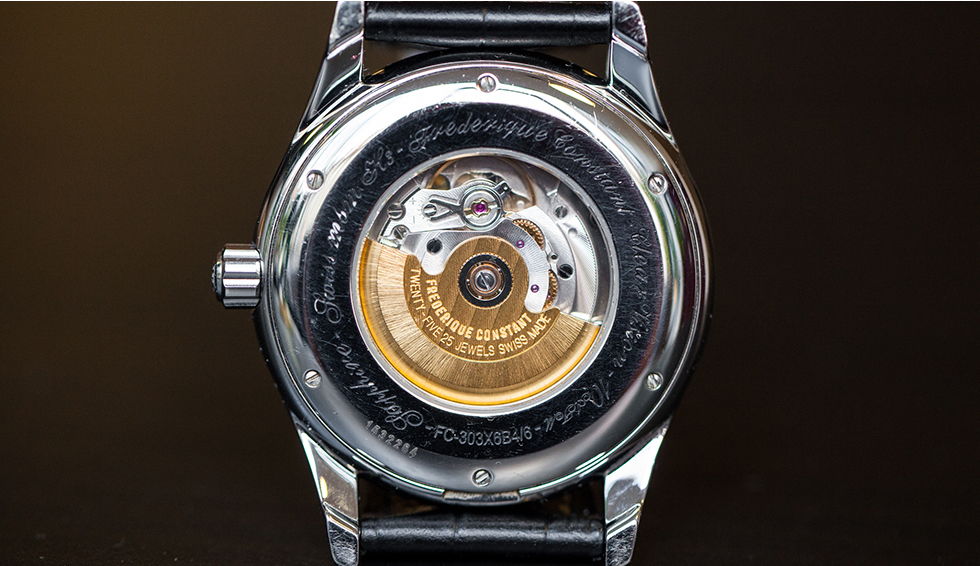
FUNCTIONALITY OR PASSION
Even though the self-winding movement has largely prevailed over hand wound movements, the heart of many watch-lovers is still beating for the original version with a winding crown. The pros and cons of the two mechanical movement types are not only present on a rational level, but also on a very emotional one. But which one is given preference? The purist-archaic hand-wound movement or the automatic caliber, which has been upgraded by small but mighty innovations? Please enjoy our brief comparison.
The Practicability of an Automatic Watch
If you will, the automatic watch is the logical next step which follows the hand-wound movement. It is the last piece of technology that allows for a “perceived perpetual motion machine” around the wrist. Without question, taking a purely functional approach, it is extremely useful if you do not have to wind your watch at least every other day. An automatic watch makes sense in everyday life if it is worn daily or almost every day. Otherwise the beloved timepiece, which is powered by a rotor, can be stored on a watch winder. It simulates the wearing of the watch and the mainspring is continuously wound to keep the watch running.

The Hand-Wound Movement – the Most Original of all Movements
The most obvious disadvantage of a hand-wound watch over an automatic one, of course, is the necessity to wind up the watch on a regular basis. For someone who considers the watch primarily as a mundane everyday item, this may well be the decisive reason to refrain from buying a hand-wound watch. While it is not a big deal to wind the crown, it is often known to be the sum of tiny little things, which may be considered unnecessary ballast in everyday life. For the watch lover, for whom watches are more than an object of utility for measuring time, the process of winding or setting a watch in motion, however, is a veritable ritual: it brings to mind the intricate technology hidden inside the watch. Therefore this achieves an intimacy to their favorite everyday companion that many watch lovers do not want to miss. Perhaps it can be best compared to the preference of a manual transmission in a car. Without any doubt, the automatic transmission represents a technological evolution but many consciously opt against it, because they do not want to forego the act of manual gear change. Just as is the case with cars, watches are objects for enthusiasts, which is why handling them cannot be boiled down to purely rational terms.
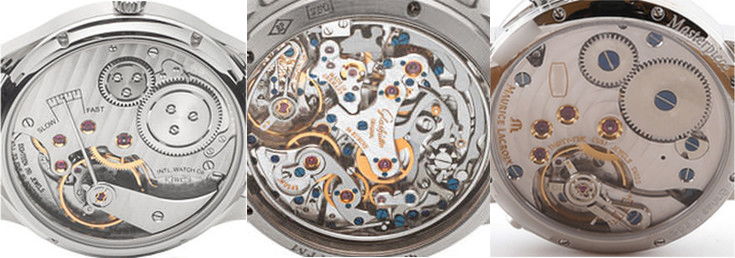
Aesthetics and Durability
Two arguments in favor of a hand-wound watch, however, are quite rational: on the one hand, due to the absence of a rotor, they can be designed significantly thinner, which is why for elegant occasions, when usually a more understated watch is desirable, the wearer frequently resorts to a watch with a hand-wound movement. On the other hand, with hand-wound watches the rotor does not obstruct the view of the mechanical heart, so that you – at least if the back of the watch is made of glass – have full view of the gear train moving tooth-by-tooth. And disadvantages? One disadvantage of the hand-wound watch is the fact that the crown seal can wear by winding the watch. While in quality watches they are designed to be very robust, even in a quality watch decades of use may still have an adverse effect on its water resistance capabilities. Generally it may happen that after years of use the crown seal will need to be replaced, while the rotor of a quality automatic watch will hardly exhibit any signs of wear. One thing, however, is clear: The hand-wound watch is by no means an outdated relic of past generations of watches, but an attractive alternative to automatic watches. If you neither want to forego the convenience of an automatic watch nor the completely unobstructed view on the inner workings of your watch, there is still the choice of a watch with a decentralized micro-rotor. However, the athletic watch collector should already have both movement types in his or her collection.


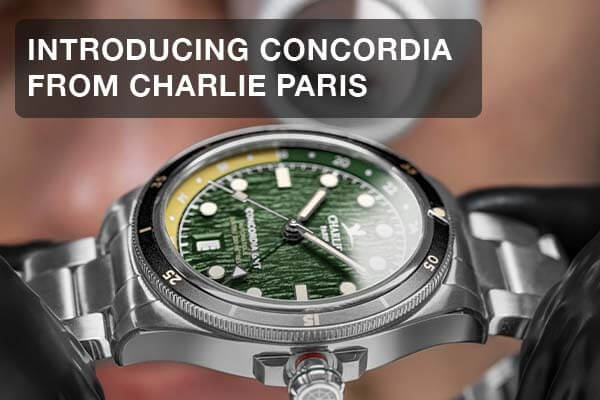
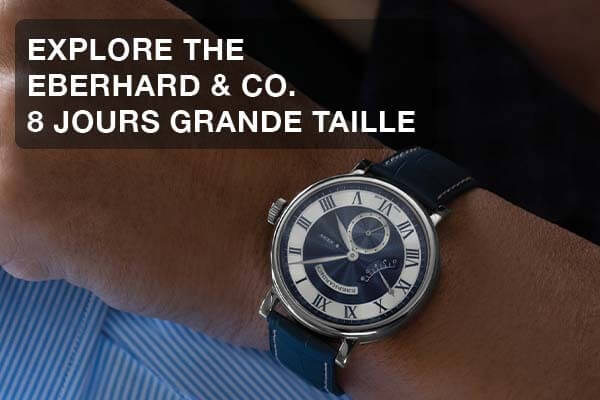
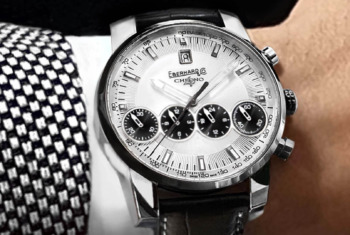
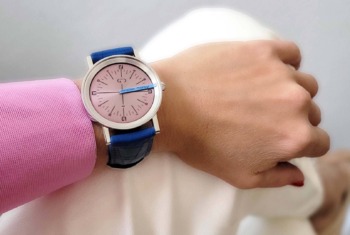
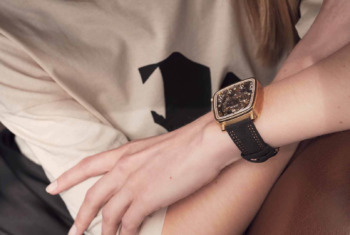
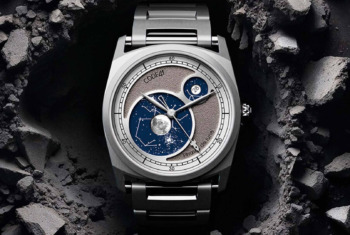
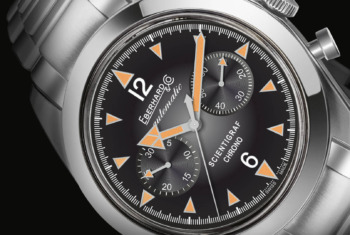
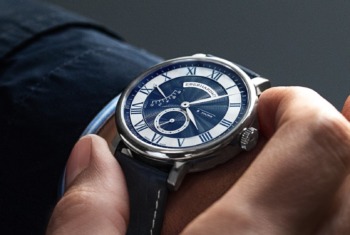
I would have expected a automatic watch to keep better time than a hand only wound watchbecause it would be in a more linear time line for longer as it is always being gently being topped up through the move ment of the wrist, whereas a non automatic watch has to go from a fully wound state to “0” every 24hrs. My knowledge is insufficient to know if the balance wheel is able to counteract this equation. I will look forward to your reply and well done for putting this question/answer on your site. Hopefully it will bring future business to you. Kind regards Steve Bridgeman.